Best Sotho Traditional Dresses for African lady
Sotho Traditional Dresses for African lady

Women were drawn to employment as agrarian or domestic sloggers, whereas men tended to work in the mining sector.
The Basotho people substantially come from the Free State fiefdom in South Africa and bordering Lesotho. still, both of these areas are pastoral and have wide poverty.
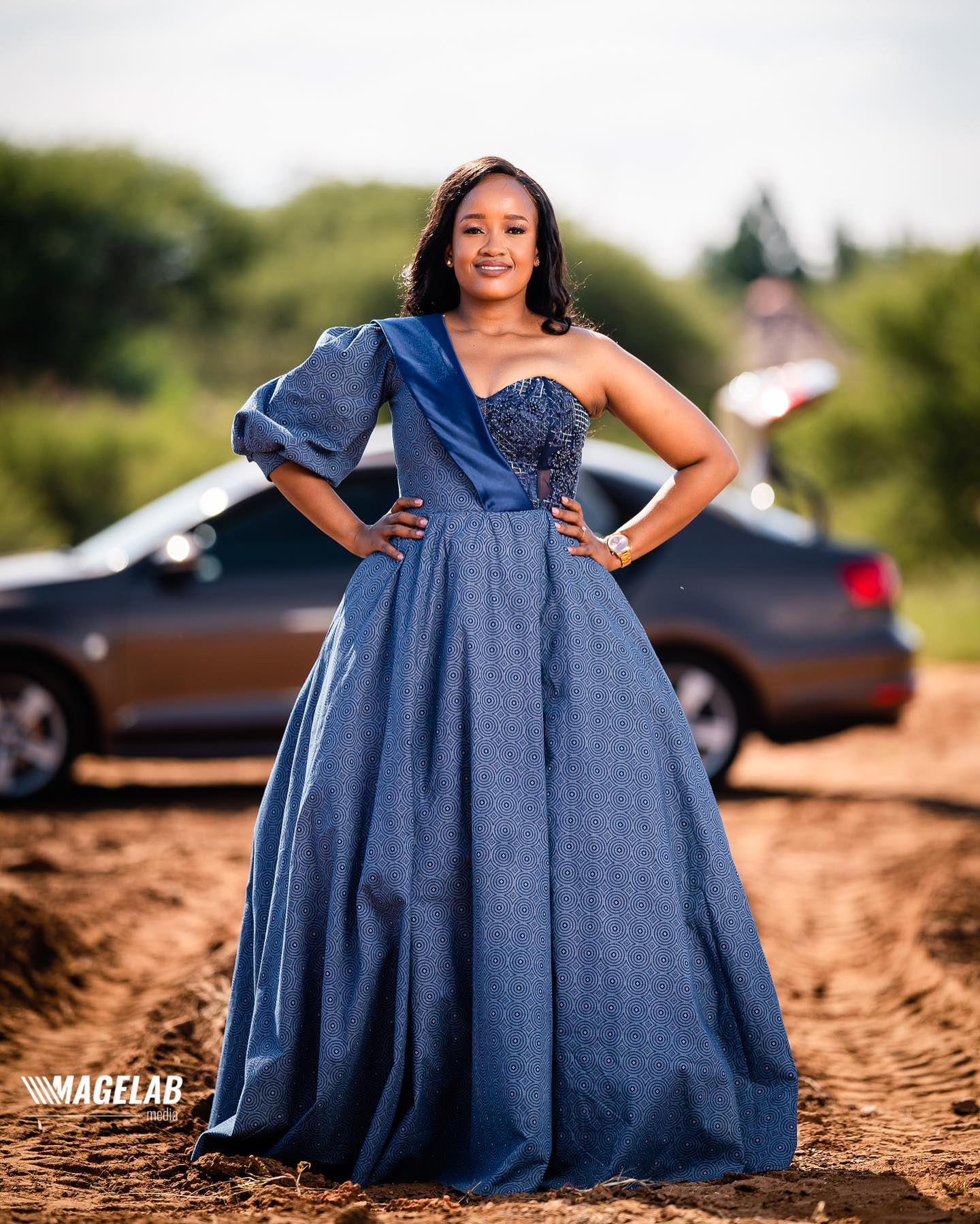
Sotho Traditional Dresses speakers who live in poverty have it delicate, but those with land and a job may fare more. husbandry is common among coproprietors , yet overgrazing and poor land operation are growing issues.
Sotho Traditional Dresses Language
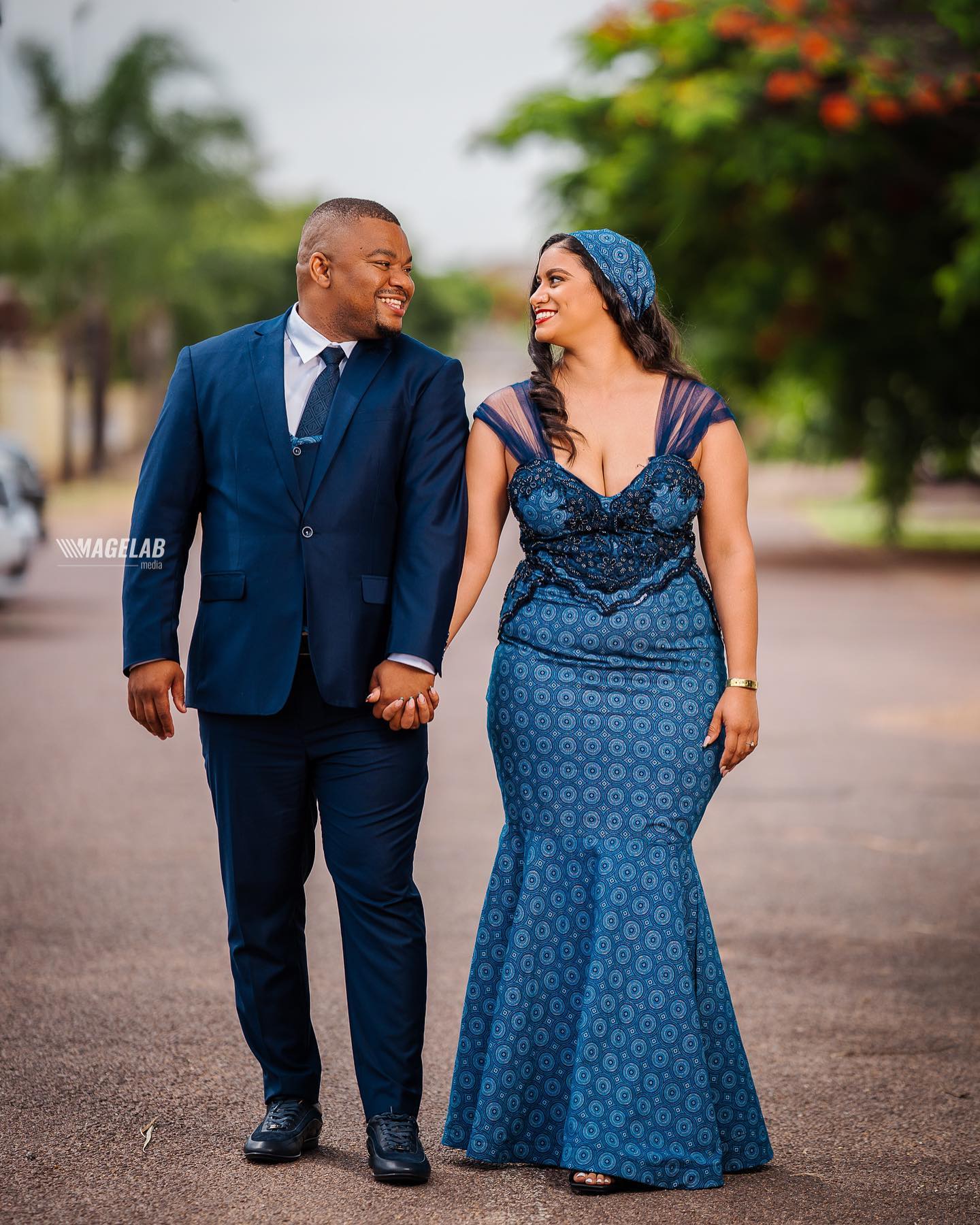
Sesotho, lower generally known as Sesotho sa borwa, is the language of the Basotho. Some textbooks may relate to Sesotho as “ Southern Sotho ” to separate it from Northern Sotho( also called Sepedi).
The language is spoken by1.5 million people in Lesotho, or 85 of the population. It’s one of the two sanctioned languages there. It’s one of the two sanctioned languages in Lesotho, the other being English. With 59 percent of grown-ups knowledgeable in Sesotho, Lesotho boasts one of Africa’s loftiest knowledge rates.
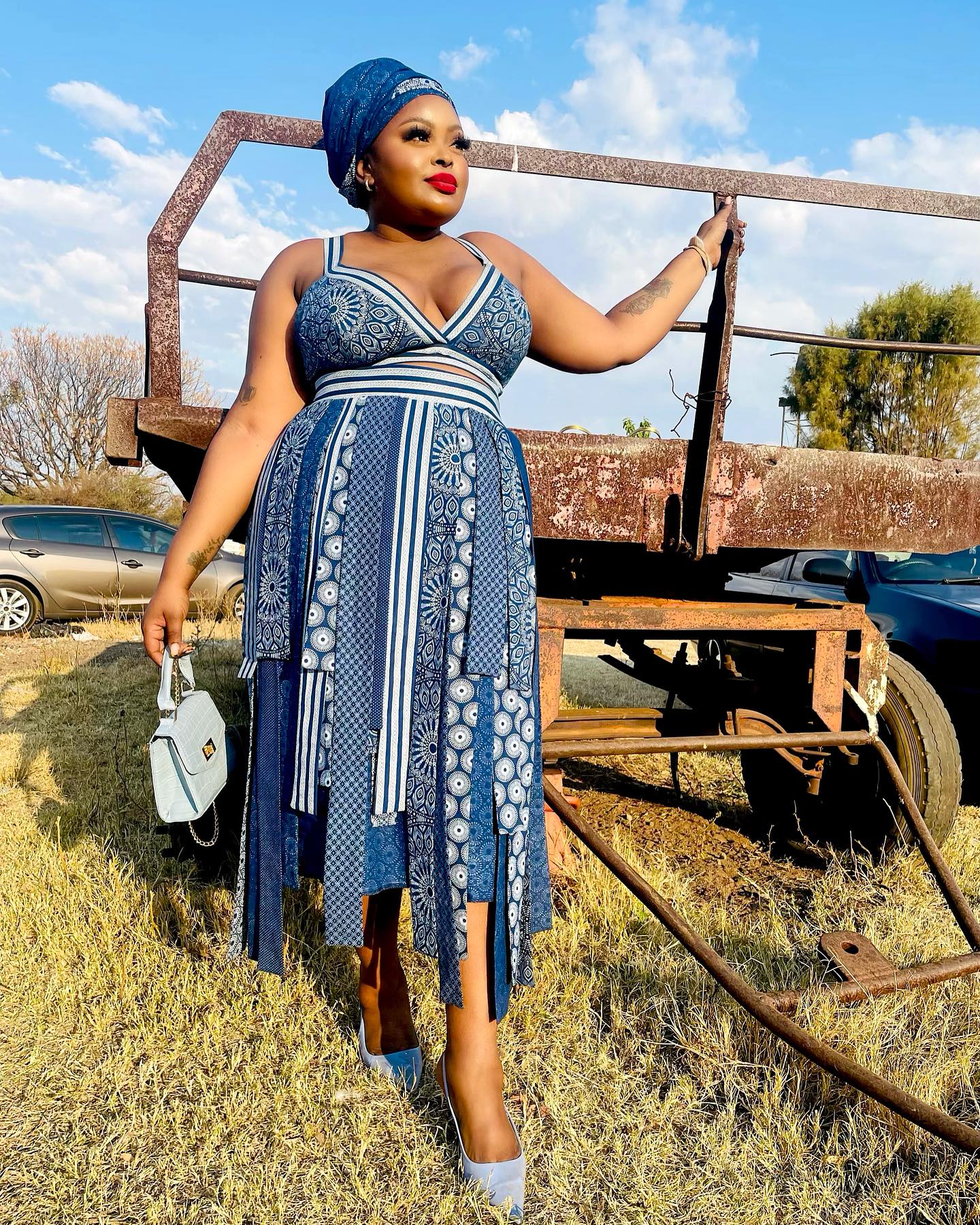
Sesotho, which is spoken by over 4 million people in South Africa, including 62 percent of the population of the Free State, is one of the country’s eleven sanctioned languages. According to the South African National Census of 2011.
It’s spoken by roughly13.1 of the people in Gauteng as a first language. In the North West Province, 5 percent of the population speaks Sesotho as a first language, with a attention of speakers in Maboloka.
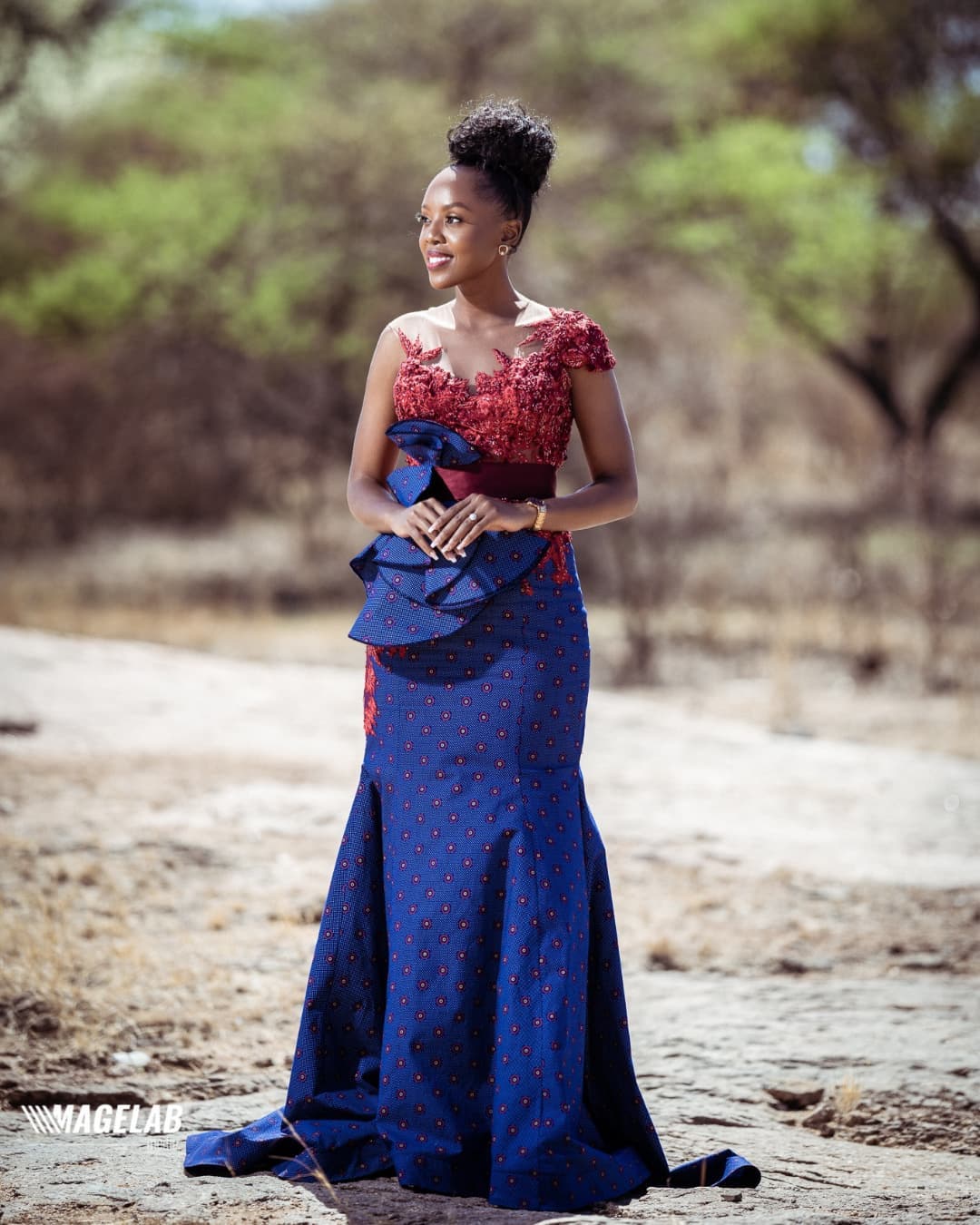
The language is also spoken in South Africa’s Western Cape, where two percent of the population speak it as a first language. With numerous druggies living in Standerton, Sesotho is spoken there by two percent of Mpumalanga’s people. In the Eastern Cape, two percent of the population speaks Sesotho as a first language, with utmost speakers abiding in the north portion of the fiefdom.
Sotho Religion
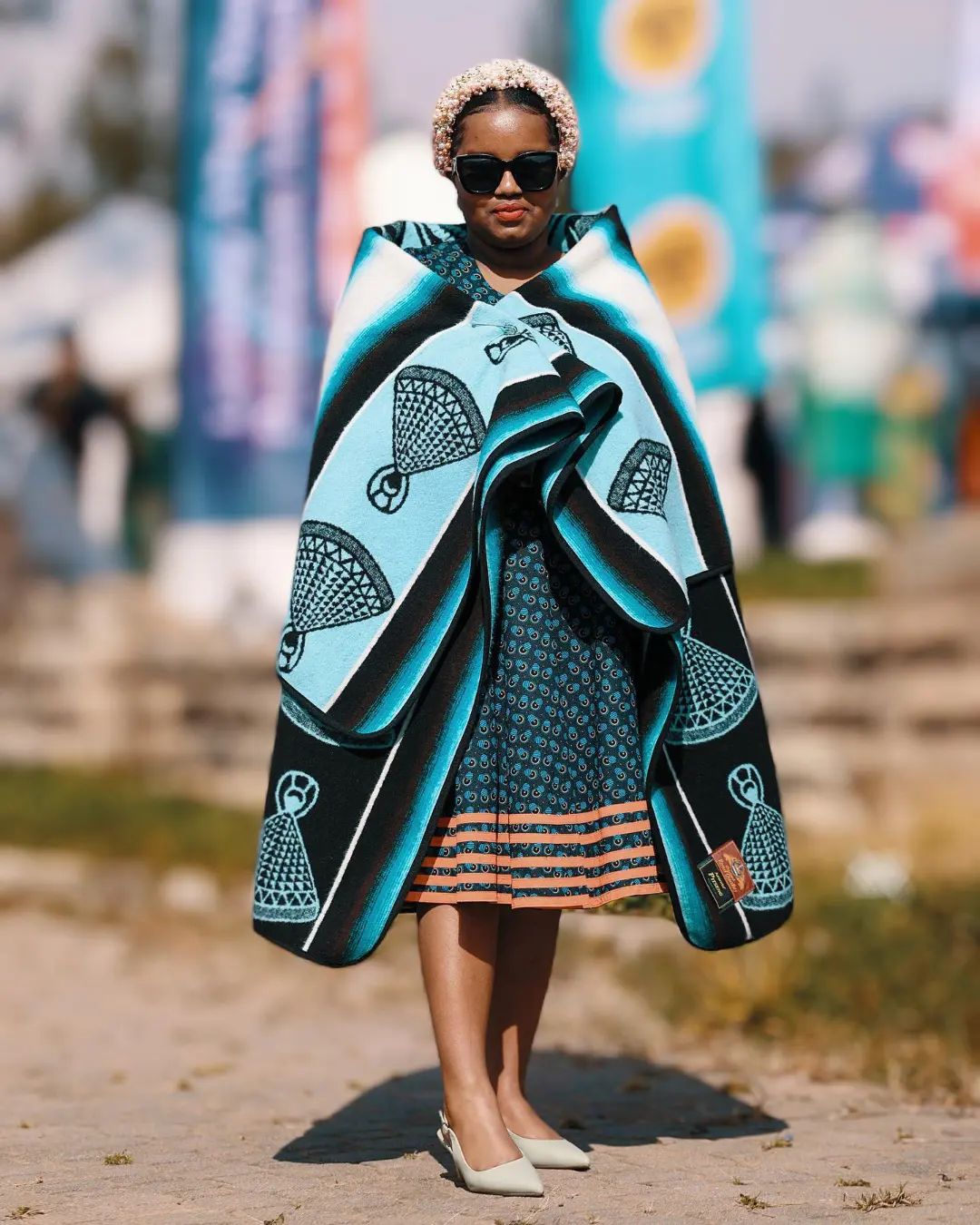
The Christian missionaries who supported Moshoeshoe I in securing his area played a vital part in converting most Basothos to Christianity. moment, the maturity of Sesotho speakers cleave to a cold-blooded religion that combines traditional Christian teachi
Modimo( “ God ”) is seen as a supreme being who can not be approached by mortals. Ancestors are viewed as brokers between Modimo and the living, and their favor must be cultivated through deification and reverence. Officially, the maturity of Lesotho’s population practices Catholicism.
Sotho Customs
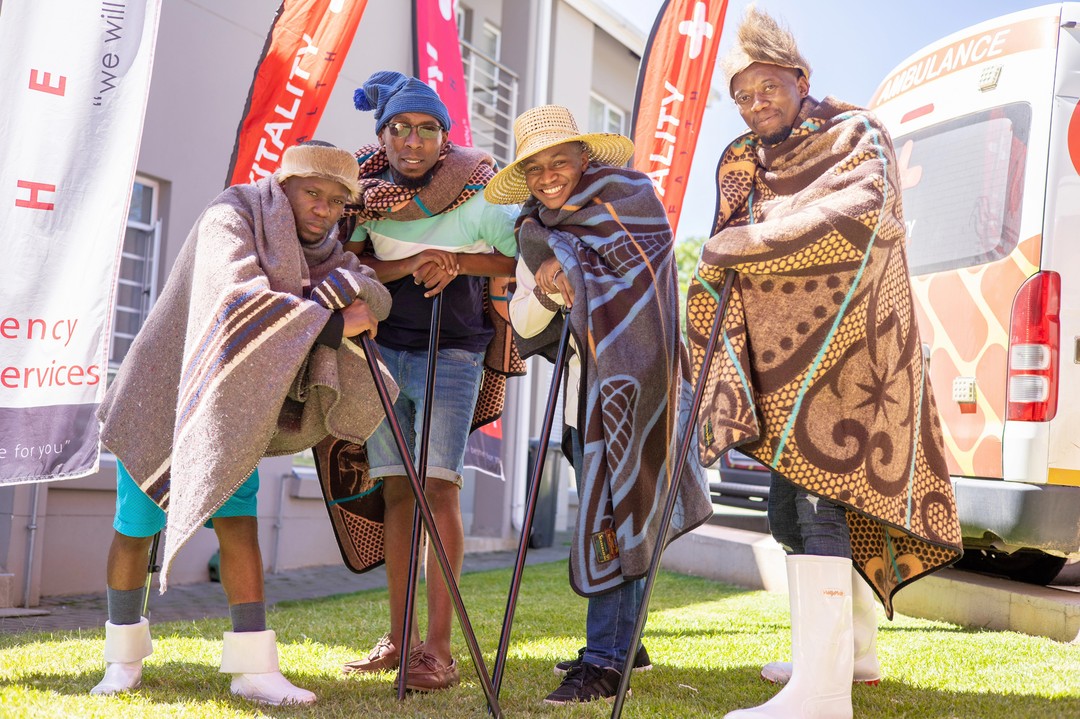
For special occasions similar as inauguration solemnities and traditional mending observances, people frequently wear specific apparel. For illustration, girls attending a Lebollo la basadi form( a girl’s incoming of age festivity) wear thethana midriff wraps.
These beautiful rounded garments cover the wear and tear’s midriff area, including the crotch and part of the buttocks. Virgin girls and women, in particular, wear slate robes and goatskin skirts.
Sotho Traditional Dresses for African lady
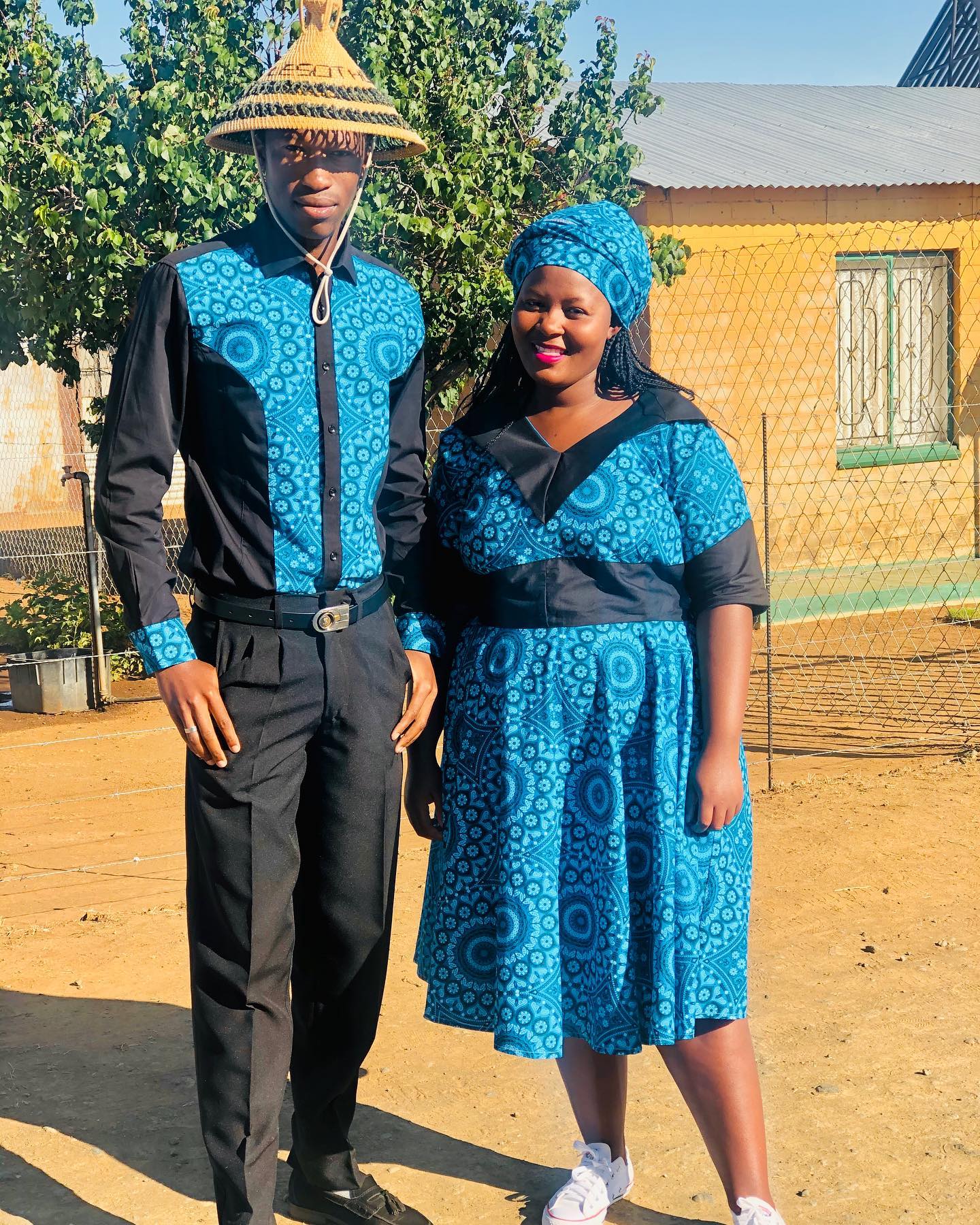
Boys wear a loincloth called a tsha, as well as various robes, for a Lebollo la banna, or a boy’s inauguration form. These traditional costumes are constantly worn with ultramodern pieces like sunglasses.
Traditional Sotho healers wear a belt, which is made of leather, tendon, or globules and resembles a cross on the casket. The belt generally has sacks for potions connected to it for specific rituals or physical/ spiritual protection.
The San people are believed to have espoused the belt vesture from the Basotho people during a time when they were trading and developing connections through marriage and fellowship. This can be seen in their gemstone oils that date back to the 1700s.
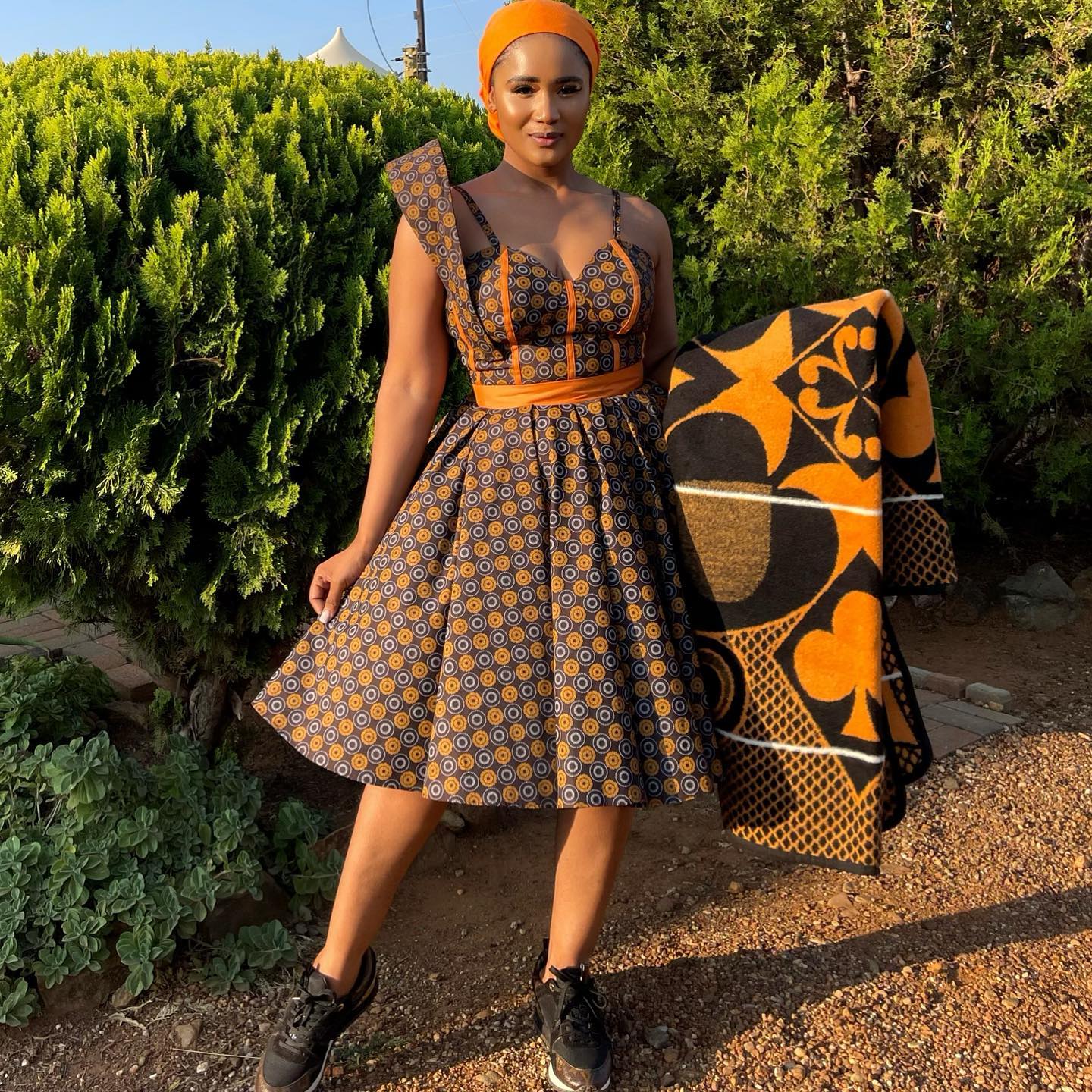
Comments are closed.